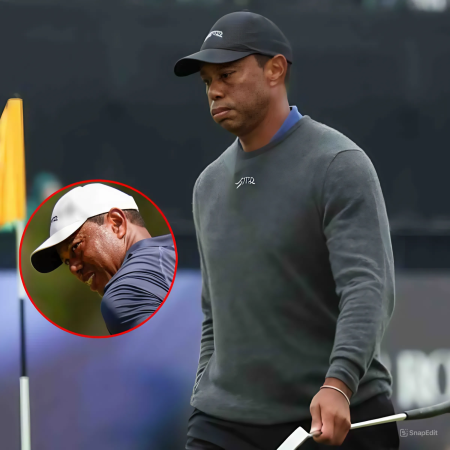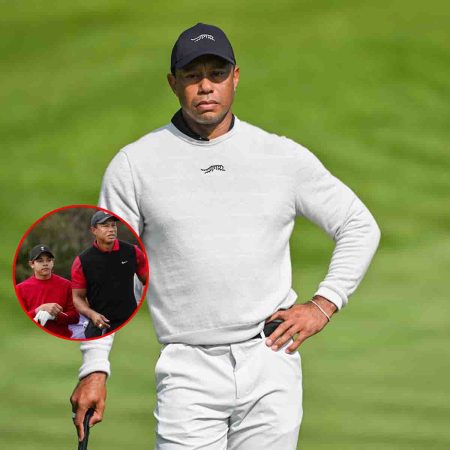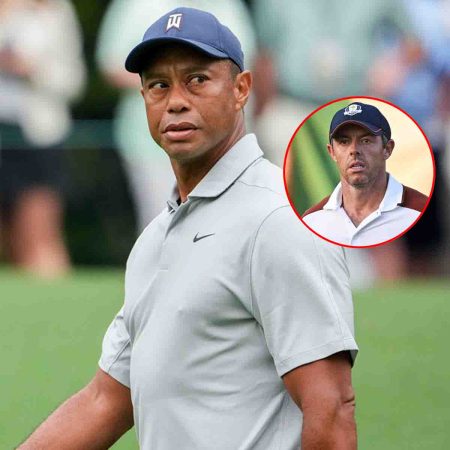Liverpool’s attacking patterns have evolved, not least because of Darwin Núñez. That’s left Jürgen Klopp weak in certain areas, but Mohamed Salah is on the case.
Liverpool is having such an unusual season. Only five teams in the Premier League have scored more goals, just four have conceded fewer – which is weird in itself with the defensive horror shows frequently delivered – yet the team finds itself eighth in the table.
Almost a quarter of its goals occurring in one match has undoubtedly distorted the picture. Nonetheless, every team has also faced Bournemouth and the Reds are ranked third for expected goals and second for Opta-defined clear-cut chances.

With the upheaval the front line has undergone in the last year or so, that’s pretty remarkable. It isn’t that long since the attacking trident of Roberto Firmino, Sadio Mané and Mohamed Salah was set in stone, yet even more recent acquisitions like Luis Díaz and Diogo Jota have missed much of the campaign. The addition and immediate integration of Darwin Núñez and Cody Gakpo has lent an air of ‘revolution, not evolution’ to the Liverpool attack.
This turnover of personnel makes it fascinating to look at how the Reds’ patterns of attacking play have changed since last season. We can utilize expected threat (xT) data to aid the assessment. If you’re unfamiliar with the concept, it’s essentially the same as expected goals, but it applies a value to every action and not just shots.

Take Liverpool’s match against Newcastle, for instance. The highest-value moment occurred when Andy Robertson played a pass to Jota deep in the Magpies’ penalty box. The move didn’t come to anything but it was the most valuable action in terms of increasing the Reds’ likelihood of scoring.
Apply this theory across every match and you can see in which areas of the pitch teams have been most and least effective, then compare the findings with the data from last season. Doing so for Liverpool reveals it has a void of its own making directly in front of opposition penalty areas.
The data in the above tweet is from prior to last weekend. Both Manchester City (0.21 per 90) and the Reds (0.26) are among the worst top-flight teams for drop-off in xT between last season and 2022/23. Even with this downturn, they remain the best sides in the division.
However, the defending champions’ decline (denoted by the pink zones on the chart) has been a little more widely spread over many areas. For Liverpool, much of the shift has clearly occurred in what the tactically-minded refer to as the ‘half-spaces’ and ‘zone 14’ (a.k.a. ‘the hole’).
There will be many reasons for this change. Prime among them will be the fact the Reds simply don’t dominate matches to the same extent as they did. When opposing teams are penned into their defensive third, possession will be recycled in front of their box. Liverpool hasn’t been able to do this anywhere near as frequently this term.
It has also regularly been playing Núñez, far more of a conventional striker than it has employed for quite some time. The Uruguayan comes alive in the penalty area but doesn’t contribute a huge amount outside of it. In zones of the pitch in which Firmino would often thrive, Núñez is rarely found.
Many Liverpool supporters would also say that Salah has spent far more time near the touchline than in previous years. His heatmaps don’t suggest that is the case, but either way, he has been addressing the team’s issue since the tweet was produced. Perhaps he saw it, and took it personally?
While not having his best ever campaign, Salah is the Reds’ top scorer and top assist provider this season. He overtook Robertson for the latter stat by setting up goals in each of the last two matches, against Newcastle and Real Madrid.

And from where did he play the decisive passes? From the areas in which Liverpool have been far less threatening this season. This has been far from the Reds’ biggest problem in 2022/23 but Salah appears to be addressing it all the same.








